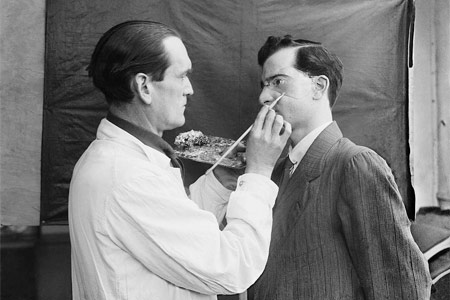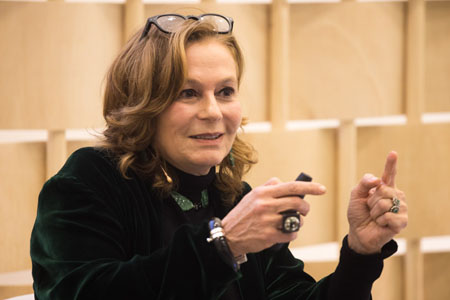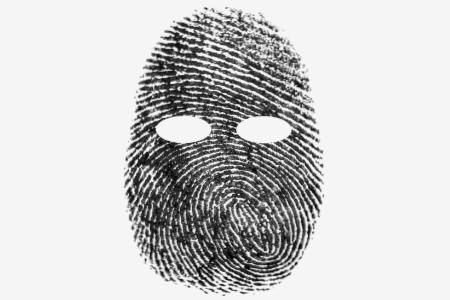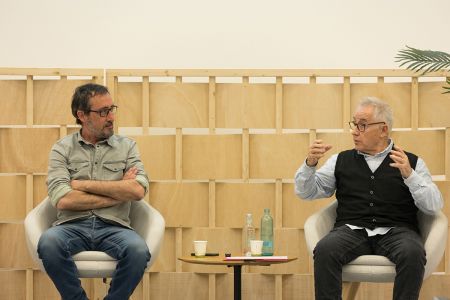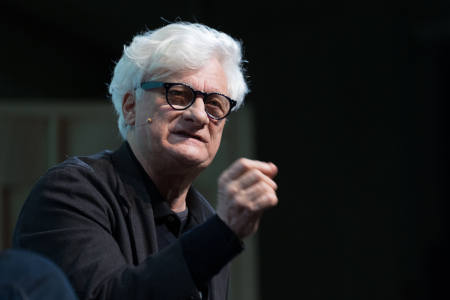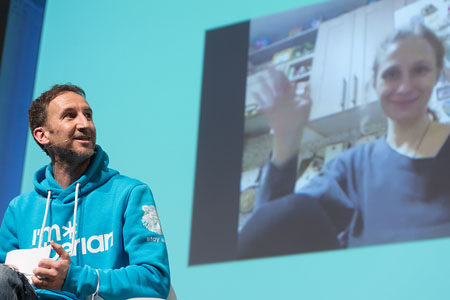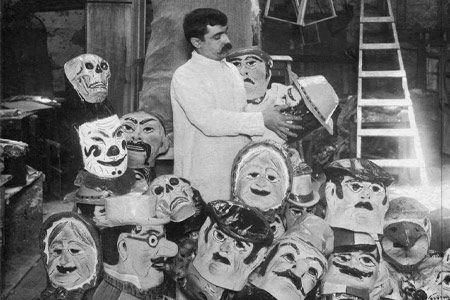The Mask Never Lies
The Mask Never Lies takes us on a journey through the political uses of masks in modern society and looks at the politics of how faces are controlled, cultural resistance to identification, the defence of anonymity, the strategies of terror in the act of concealment, and the way in which bad guys, heroes or heroines and dissidents use masks as a symbol of identity. Our world cannot be understood without masks and maskers, and even less so nowadays, when a pandemic has forced us to live behind them.
Confusing The Machine: Art, Masks and Facial Recognition
Ferran Esteve
Masks have been used by artists and activists as a tool for offering resistance against facial recognition systems.
Beatriz Jaguaribe
Masks: ecstasy, anonymity and contagion
Based on the work of contemporary photographers, Jaguaribe analyze the extreme situations of contact and rejection to which anonymity in the street leads us. What identities does the mask configure in contemporary Brazil? How is masking expressed in its urban fabric?
Unmasking “The Mask Never Lies”
Jordi Costa
In this “Inside the Exhibition”, we wanted to remove the mask from our exhibition project and focus on some aspects, themes and details that visitors will not find while walking through the physical space of the exhibition.
Adrià Pujol Cruells and Joan Font Pujol
Festivity and Power
What forms of general sociability do popular celebrations have? Do they still retain their subversive capacity today? The anthropologist and writer Adrià Pujol Cruells talks with theater director Joan Font Pujol, founder of the theater group Comediants, about Carnival as a space for collective imagination and self-reflection.
Franco “Bifo” Berardi
Rediscovering the face
Philosopher Franco "Bifo" Berardi, one of the most incisive voices of contemporary thought, talks with writer Laura Fernández about the effects of social distance and the use of the mask on contemporary forms of affectivity.
Maria Alekhina and Manel Alías
The masked protest
What role does anonymity play in a context of authoritarianism and surveillance? Russian activist Maria Alekhina talk with journalist Manel Alías about the subversive power of the mask and the transformative capacity of art. This conversation took place before the Russian invasion of ...
The Place of People in the Digital Carnival
Enric Luján
From the depersonalised and anonymous Internet to the culture of exposure and virality of today’s social media.
